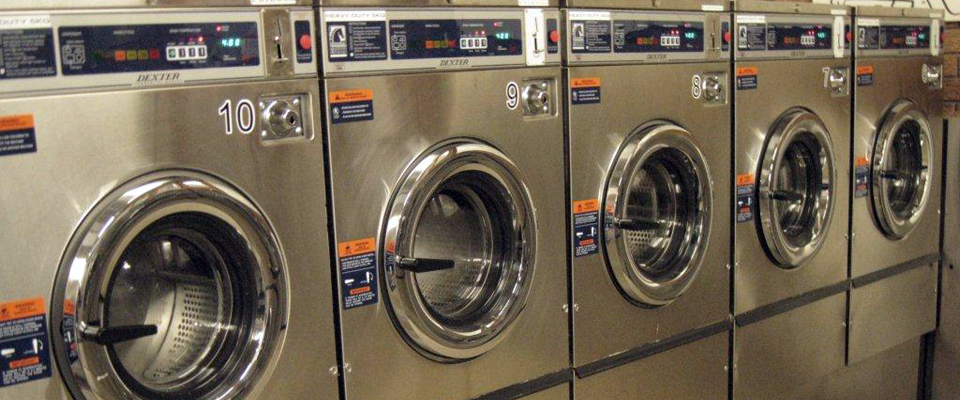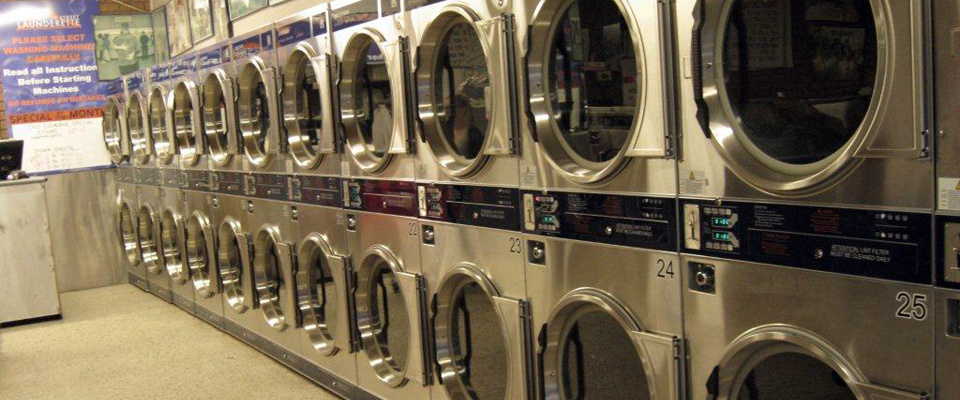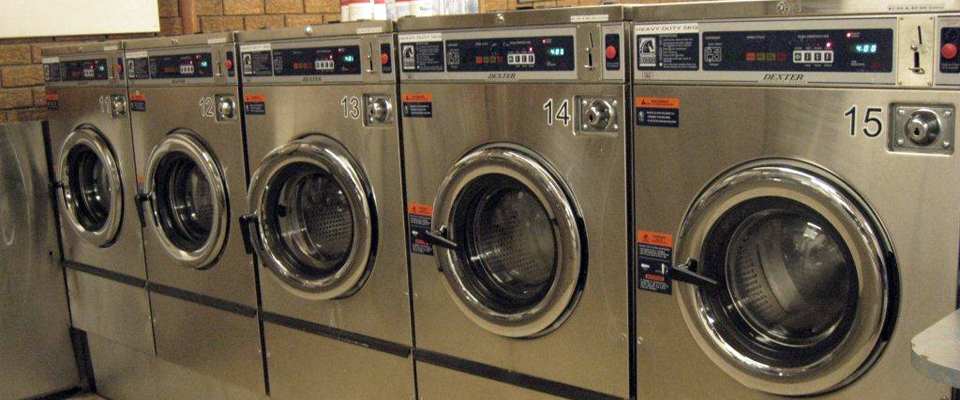
WELCOME TO OUR WEBSITE
Blessington Street launderette is Melbourne’s BIGGEST Dexter self-service laundrette. Why not save time & money by trying out our 28 NEW double stack EXPRESS dryers & 30 of our NEW Dexter washing machines, which easily washes doona’s & blankets. Blessington Street Laundrette maintains a flexible approach to customer requirements and we would be happy to discuss any specific requirements. We provide an array of services to both residential & commercial customers.
Self Service Launderette

5 kg Front Loader $6
7 kg Front Loader $7
13 kg Front Loader $12
16 kg Front Loader $14
24 kg Front Loader $16
28 kg Front Loader $20
Our self service laundrette is fitted with 30 high quality Dexter washing machines, so you’ll never have to wait to wash & 28 express dryers, so your clothes will dry sooner than you can read the paper.
Self Service Launderette
Our self service laundrette is fitted with 30 high quality Dexter washing machines, so you’ll never have to wait to wash & 28 express dryers, so your clothes will dry sooner than you can read the paper.
5 kg Front Loader $6
7 kg Front Loader $7
13 kg Front Loader $12
16 kg Front Loader $14
24 kg Front Loader $16
28 kg Front Loader $20


Business Shirt Service
Everybody needs to look their best & it’s the shirt that does all of the talking once the suit jacket comes off! Blessington Street Laundrette shirt laundry services is a great option for getting your shirt crease-free and clean without any hassle.
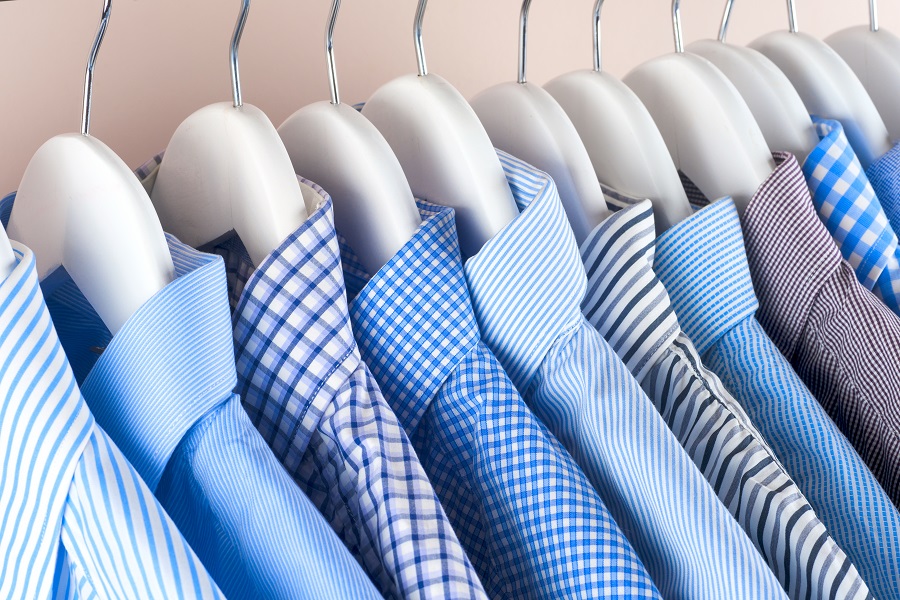


Business Shirt Service
Everybody needs to look their best & it’s the shirt that does all of the talking once the suit jacket comes off! Blessington Street Laundrette shirt laundry services is a great option for getting your shirt crease-free and clean without any hassle.
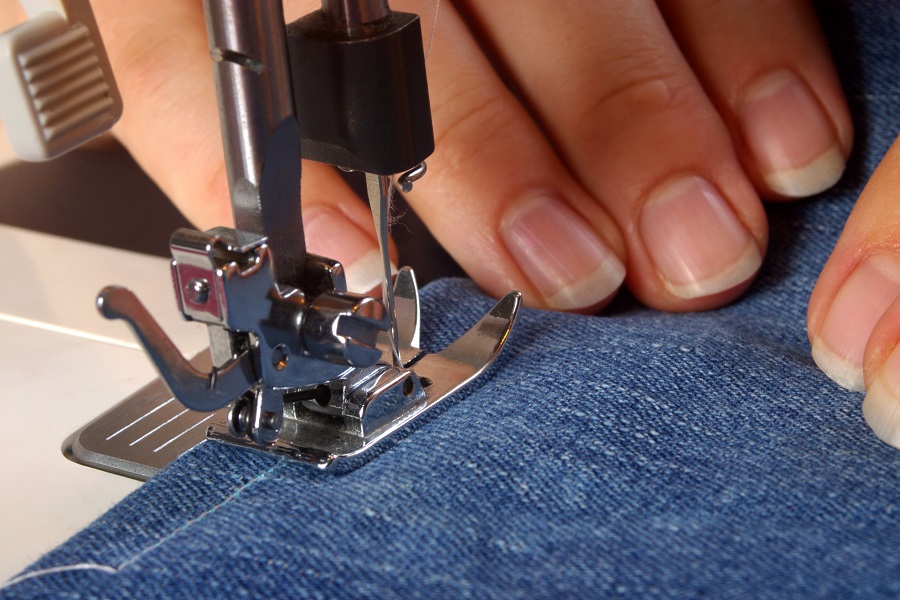


Repairs & Alterations
The skilled cobbler at Blessington Street Laundrette offers high-quality repairs & alterations for St Kilda and the surrounding areas at a reasonable price.


Repairs & Alterations
The skilled cobbler at Blessington Street Laundrette offers high-quality repairs & alterations for St Kilda and the surrounding areas at a reasonable price.

Shoe and Bag Repairs
The skilled technicians at Blessington Street Laundrette can perform repairs and restorations of your leather accessories and garments using proven techniques. We are a trusted for leather repair and leather restoration company.

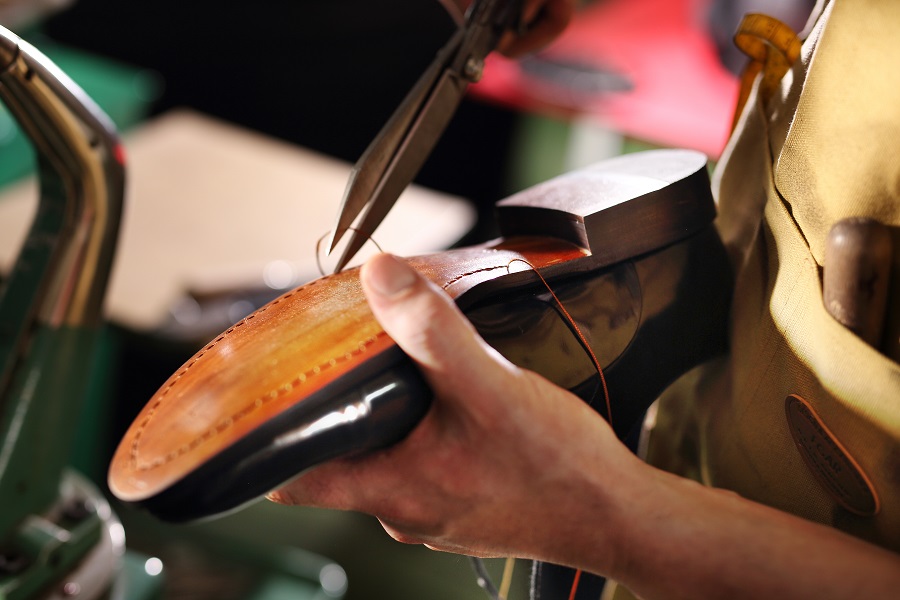


Shoe and Bag Repairs
The skilled technicians at Blessington Street Laundrette can perform repairs and restorations of your leather accessories and garments using proven techniques. We are a trusted for leather repair and leather restoration company.

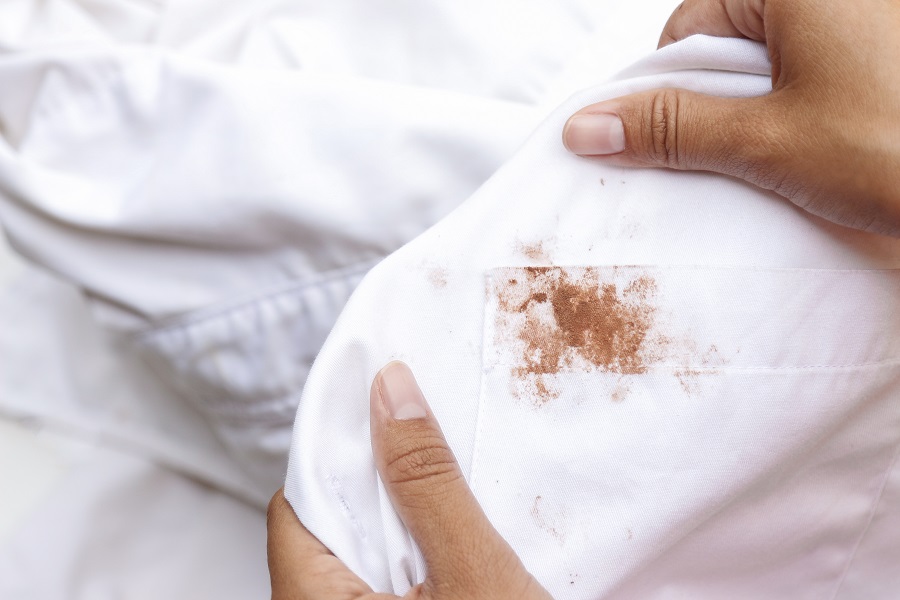

Stain Removal
What do you do if you have a stain on your favorite jacket, dress, or shirt?
Blessington Street Laundrette understands there are many substances that can stain clothes, including food, drink, ink, lipstick, and oil. Each stain is different and each may require a different cleaning method. We also take into account that the garment’s material will have an impact on how to remove a particular stain.



Stain Removal
What do you do if you have a stain on your favorite jacket, dress, or shirt?
Blessington Street Laundrette understands there are many substances that can stain clothes, including food, drink, ink, lipstick, and oil. Each stain is different and each may require a different cleaning method. We also take into account that the garment’s material will have an impact on how to remove a particular stain.

Service wash and iron-only service
Blessington’s clean and iron-only laundry services are 2 of the many hassle-free and highly reliable washing services we supply to consumers as an easy and time-saving solution for taking care of their clothing.
If you are a time-poor business person or an active parent, these solutions can assist you to get the most out of your time, while still guaranteeing that your items are returned to you ready to wear.

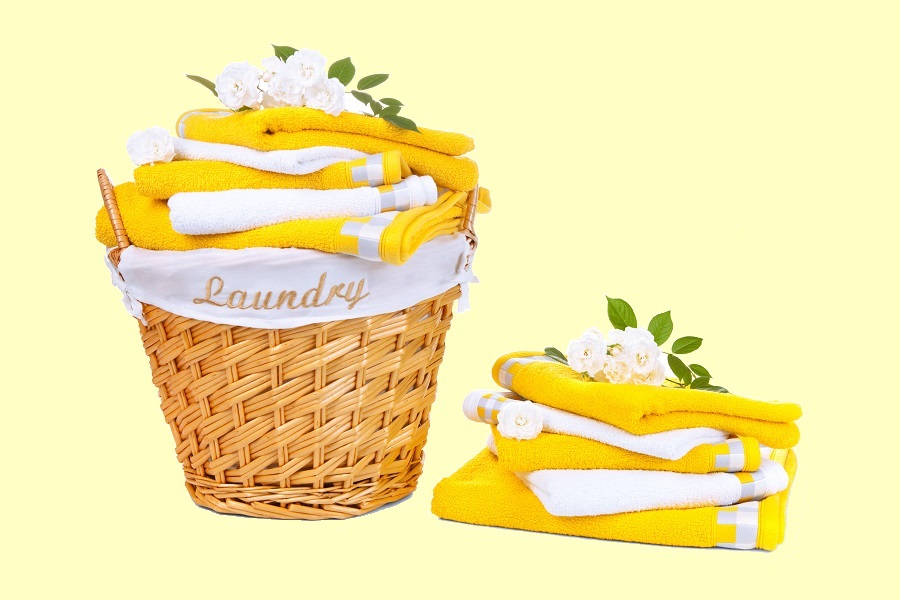


Service wash and iron-only service
Blessington’s clean and iron-only laundry services are 2 of the many hassle-free and highly reliable washing services we supply to consumers as an easy and time-saving solution for taking care of their clothing.
If you are a time-poor business person or an active parent, these solutions can assist you to get the most out of your time, while still guaranteeing that your items are returned to you ready to wear.
Commercial laundry
Our Commercial Laundry, located in Blessington Street, is conveniently located anywhere your restaurant or hotel may be in St Kilda or the surrounding areas. Flexible delivery and collection times are available to meet your needs.
At Blessington Street Laudrette, there is no job too big or small:
- We offer flexible, personalized service
- To service your every need, we have washers of different sizes
- Expertly removing different types of stains
- You can feel confident when you are choosing our laundry services.


Dry Cleaning
Dry cleaning is both affordable and highly recommended. The staff at Elite Dry cleaners are experts at treating your garments like their own, from the moment you hand it over in person or via our pick-up service.
The machinery used is the most sophisticated in the industry and the cleaning solution is the best available anywhere.
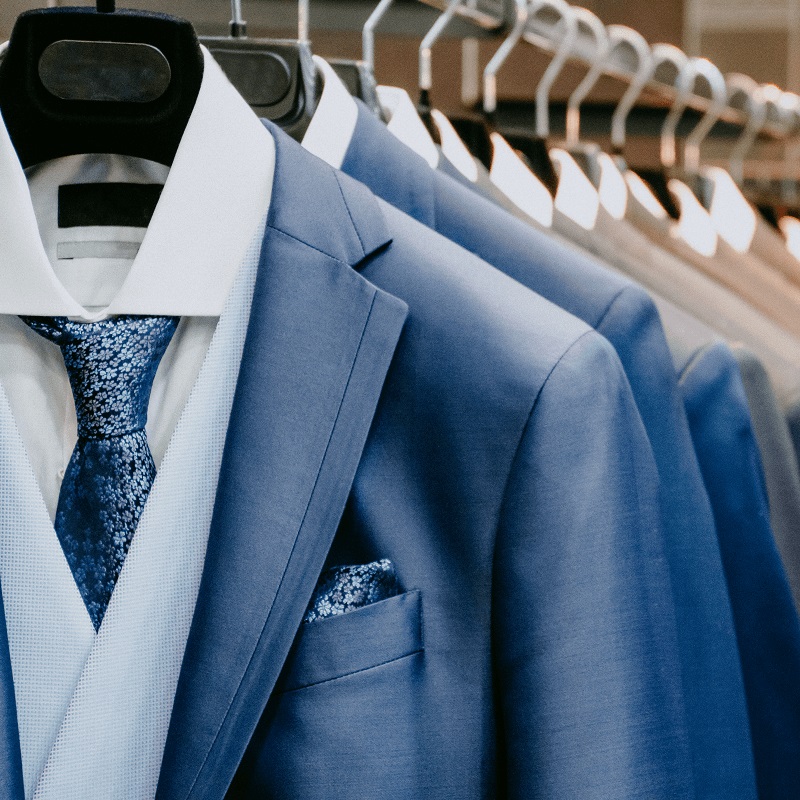


Commercial laundry
Our Commercial Laundry & self service laundrette, located in Blessington Street, is conveniently located anywhere your restaurant or hotel may be in St Kilda or the surrounding areas. Flexible delivery and collection times are available to meet your needs.
At Blessington Street Laudrette, there is no job too big or small:
- We offer flexible, personalized service
- To service your every need, we have washers of different sizes
- Expertly removing different types of stains
- You can feel confident when you are choosing our laundry services.


Dry Cleaning
Blessington Street Laundrette dry cleaning is both affordable and highly recommended. Our staff are experts at treating your laundry like their own, from the moment you hand it over to them in person or via our pick-up service.
Our machinery is the most sophisticated in the industry, our cleaning solution is the best available. Ask our team of experts about removing stains and wrinkles.
Blessington Street Laundrette dry cleaning products and processes are gentle on fabrics, and are specifically designed to help prevent deterioration. Our staff is trained to make sure that your clothes, towels, and other washables last as long as possible.


